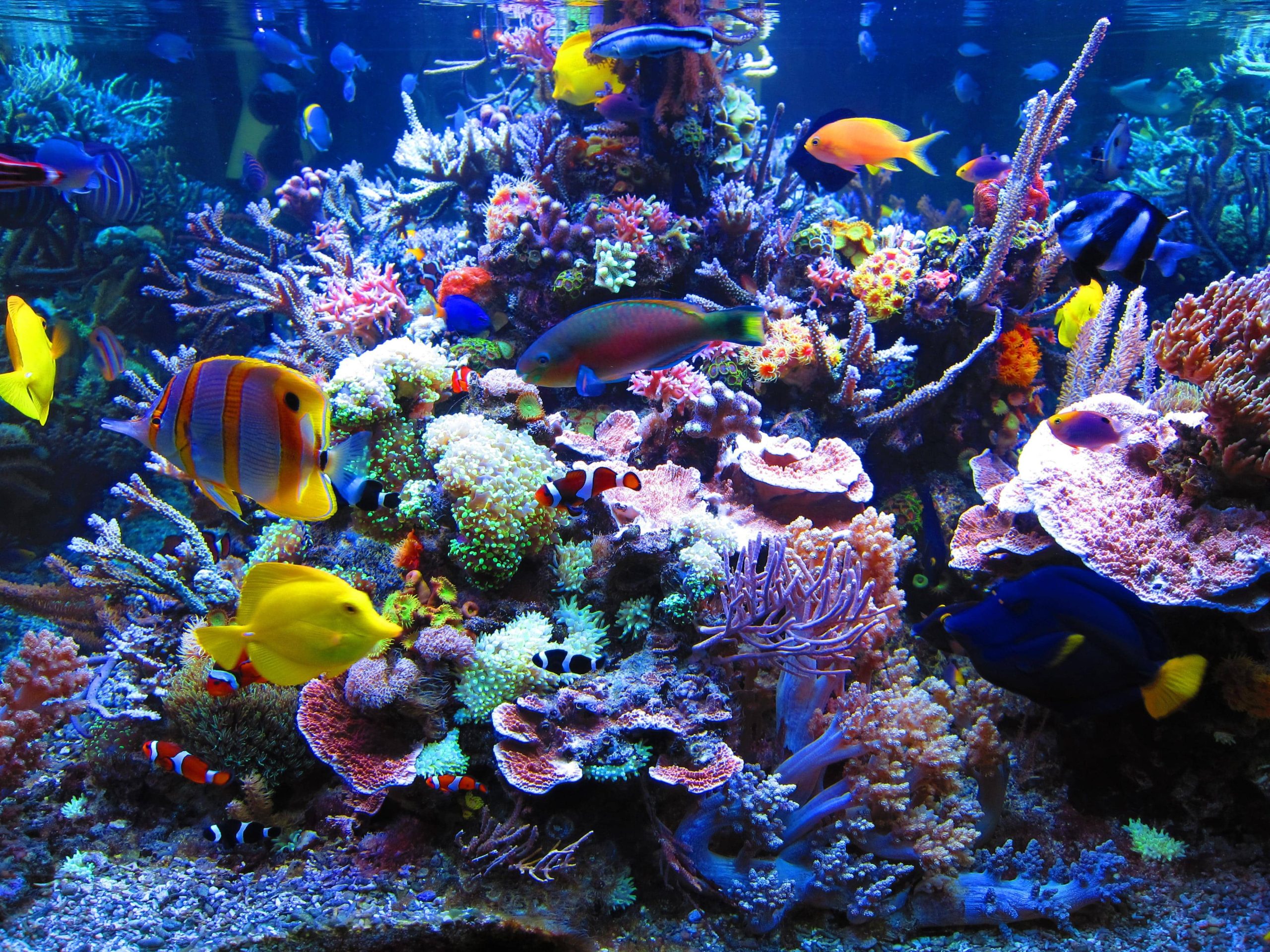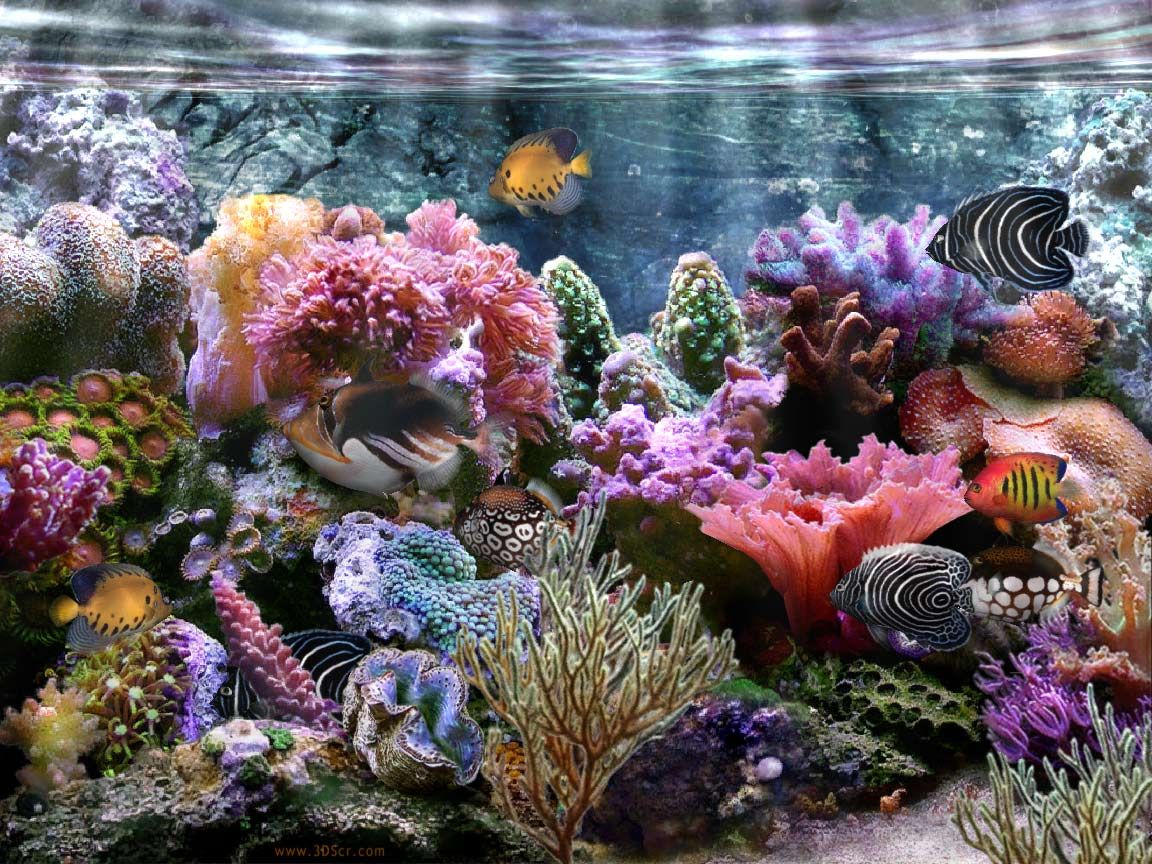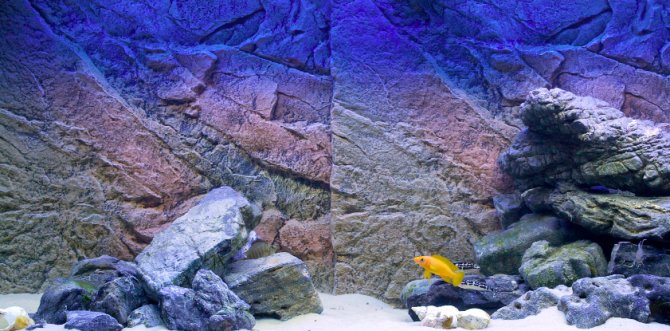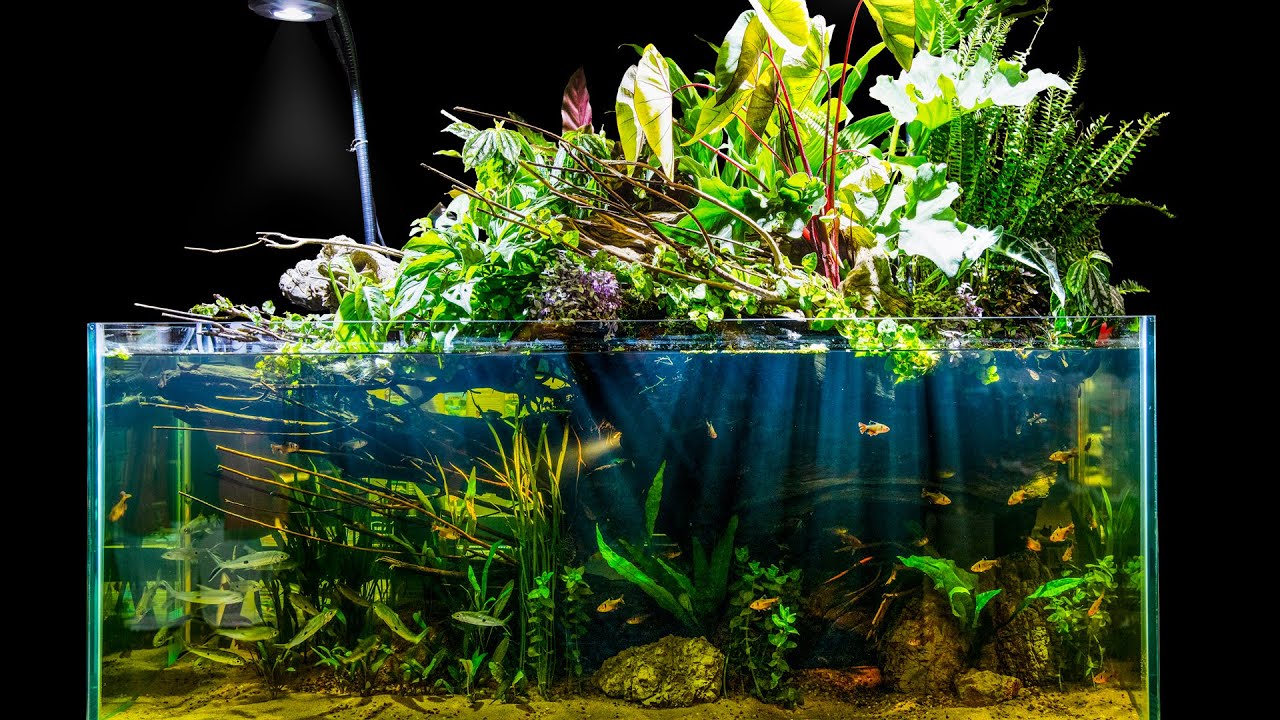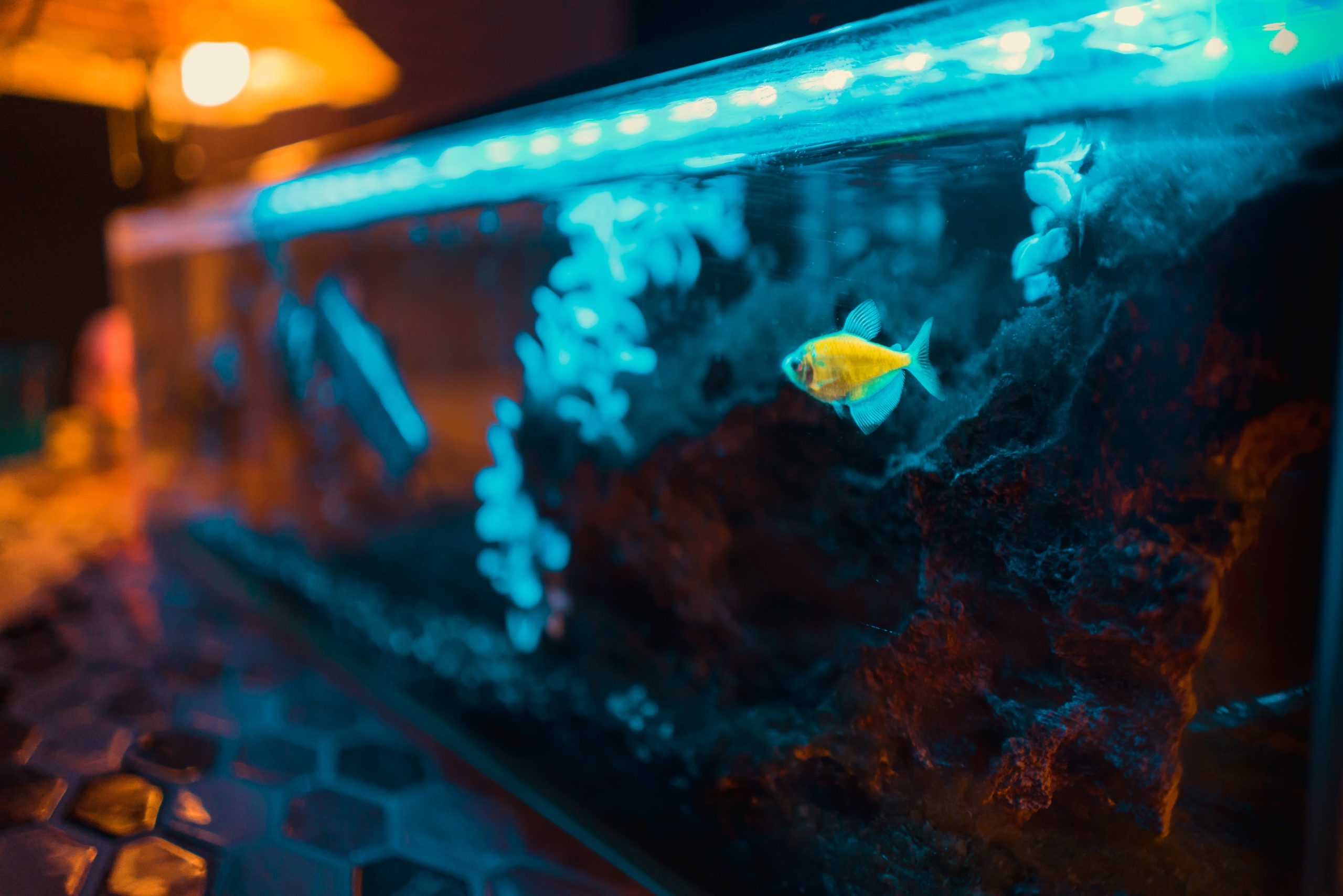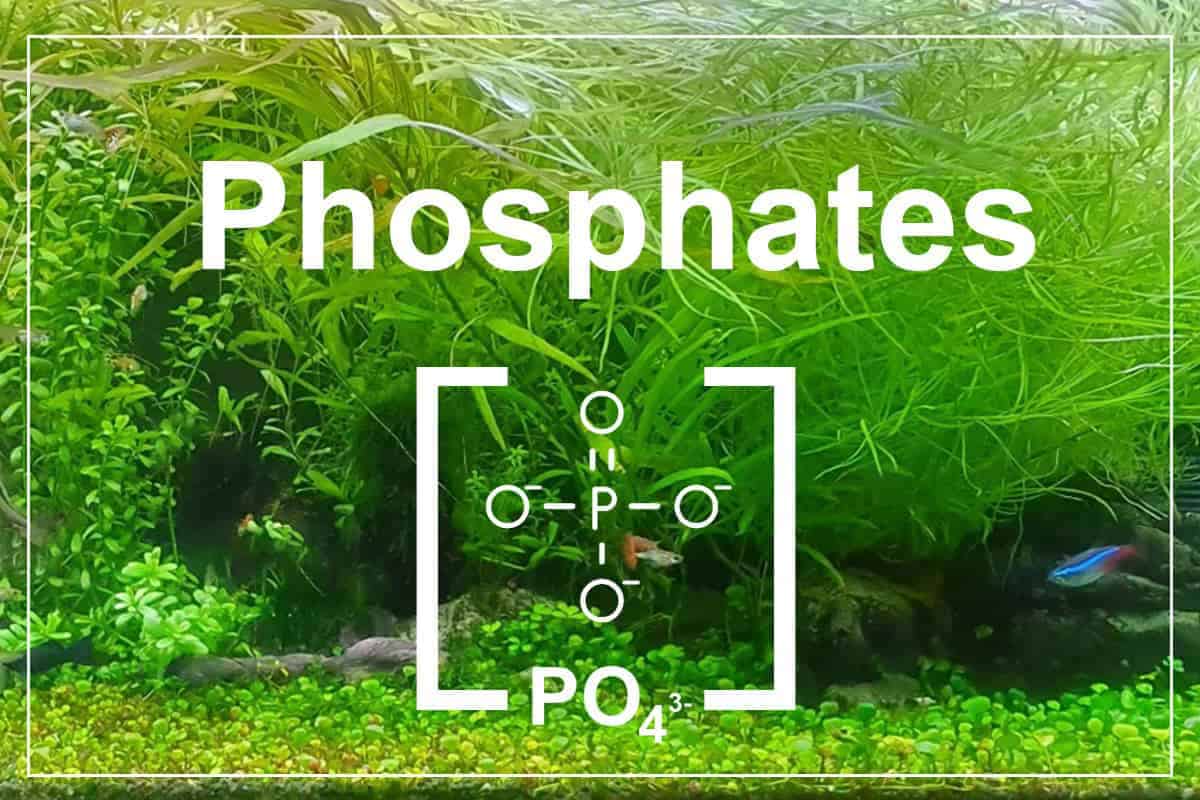Without a disciplined schedule of aquarium maintenance, our saltwater systems can deteriorate quickly. It has been said that ‘good things happen slowly, but bad things happen quickly’. And for our marine tanks and their inhabitants, this adage couldn’t be more true.
In the enclosed environment of our saltwater systems, water quality can degrade quickly without regular aquarium maintenance and water changes, especially when the aquarium is overstocked and overfed.
Nano Aquarium Maintenance
Aquarium maintenance should be performed religiously on nano tanks of less than 15 gallons throughout their lifetime.
The smaller the aquarium, the more quickly changes in water quality will take place. In fact, I would put the same amount of care into any aquarium that is 30 gallons or less, as if it were a nano tank.
Nano aquariums are notorious for hourly changes in pH and temperature. Water evaporation, fluctuations in salinity and ammonia, nitrite and nitrate build-up are other important concerns. Considerable care and experience is required of the hobbyist maintaining a nano saltwater aquarium, which is why beginners should avoid keeping a nano aquarium until more experience is gained.
Aquarium Maintenance For Marine Tanks Of 50 Gallons Or More
Saltwater aquariums larger than 50 gallons will offer more stability as far as water parameters. But it is a good idea to keep up a regular aquarium maintenance schedule if the tank is less than a year old. It is this crucial first-year period that can make or break the will of the hobbyist to keep on going. No surprise that most beginner saltwater aquarium enthusiasts give up the hobby within the first year.
Aquarium Maintenance For Mature Saltwater Tanks
But it is also good to know that a larger aquarium that is mature (at least 5 years old) and lightly stocked will be far more forgiving of lapses in regular maintenance and water changes. But regular monthly water changes of 10-15%, along with monthly water testing for pH and alkalinity, calcium, magnesium, phosphate and nitrate should not be ignored. A pH monitor is a good investment for monitoring daily and nightly fluctuations in pH.
Saltwater Aquarium Maintenance in 10 Easy Steps
Owning a saltwater aquarium is a wonderful experience. However, it comes with its own set of challenges. The good news is, with regular maintenance, you can keep your marine ecosystem healthy and thriving. Here are ten easy steps for saltwater aquarium maintenance.
Step 1: Monitor Salinity and Top Off (Daily)
Ensuring the proper salinity of your aquarium water is vital for your fish and invertebrates’ well-being. Heated saltwater tanks experience evaporation, leading to increased salinity. Regularly adding freshwater helps maintain stable salinity. Use a hydrometer or refractometer to keep salinity within the appropriate range.
Step 2: Replace Water (Weekly)
Frequent water changes are crucial for a thriving saltwater aquarium. Employ a gravel or sand siphon to reach deeper substrate layers while changing water. Be careful not to disturb any bottom-dwelling creatures. Keep in mind that newly set up aquariums need time to balance and regulate water quality levels.
Step 3: Sustain Filtration (Weekly)
Regularly examine your filter media to ensure unobstructed water flow and prevent debris clogging. Most filter media can be rinsed and reused unless it’s deteriorating. Use the wastewater collected during water changes to rinse your filter media. After replacing the media, don’t worry if it seems or smells dirty; preserving the biological filtration bacteria is essential.
Step 4: Create Saltwater (As Needed)
If you lack a ready-made seawater supply, you’ll need to make your own. Utilize tap, well, or RO water, but always test it before creating saltwater. Use a dechlorinator to remove chlorine or chloramine from tap water. When beginning with saltwater, it’s advisable to start with only fish, as adding corals demands more specialized aquariums, lighting, water flow, and saltwater conditions.
Step 5: Clean Algae (Weekly)
Algae commonly appear in saltwater aquariums. Frequently scrub your glass or acrylic tank walls to remove algae buildup. If facing a severe algae issue, examine your water quality, as high phosphate and nitrate levels can trigger algae blooms.
Step 6: Assess Water Quality (Daily/Weekly/Monthly)
Preserving excellent water quality is vital for all aquariums. A well-thought-out saltwater aquarium plan ensures proper filtration. Check water chemistry daily during the initial cycling phase. Afterward, you can reduce testing frequency to weekly, as long as you’re not introducing new fish, invertebrates, or equipment.
Step 7: Gauge Water Temperature (Daily)
Consistent temperatures are crucial for saltwater fish, so test them daily. Invest in a submersible or digital thermometer to ensure your heaters work correctly. Tropical saltwater fish dislike cold temperatures, which can cause illness and death.
Step 8: Feed Fish (Daily)
Daily feeding is vital for maintaining a healthy saltwater aquarium. Research the ideal diets for each fish species, as some marine fish have specific preferences. Broadcasting food across a large water surface area is typically the best feeding method for marine fish.
Step 9: Inspect Fish and Invertebrates (Daily)
Examine your aquarium daily to guarantee your fish and invertebrates’ health. Observe their appearance and behavior. Marine invertebrates, including corals, should also be assessed daily. If you have concerns about an animal, consult a local aquatic veterinarian. When you’re away, ensure the person caring for your fish knows their quirks and count.
Step 10: Isolating Fish (When Necessary)
Every fish enthusiast can benefit from having a standby hospital or isolation tank. It doesn’t need to be as elaborate as your primary setup, but a smaller tank with comprehensive filtration will do the job. Fish in hospital environments tend to be more stressed, so provide suitable hiding spots. A hospital/isolation tank doesn’t need to be constantly operational, but it’s advisable to place the hospital filter media in the main tank’s filter for quick activation. Once the hospital tank is no longer needed, make sure to clean the media thoroughly before using it again. Any fish displaying clear signs of illness should be moved to the isolation tank with minimal stress, if possible. All new arrivals, whether fish or invertebrates, must undergo a complete isolation period before joining the main tank.
To sum it up, consistent upkeep is crucial for your saltwater aquarium’s health. It’s vital to think ahead and establish your aquarium properly from the start, making maintenance more manageable. By following these ten straightforward steps, you can maintain a flourishing marine ecosystem. Don’t forget to schedule it, and never skip any tasks!
Additional helpful points for beginners
Firstly, be mindful of the type and amount of food you are feeding your fish. Overfeeding can lead to an accumulation of waste and uneaten food in the tank, which can result in poor water quality and harmful bacteria growth. It’s recommended to feed your fish small amounts of food two to three times a day, and remove any uneaten food after 5-10 minutes.
Secondly, patience is important when starting a new saltwater aquarium. It can take several weeks for the aquarium to fully cycle and establish the necessary bacteria for a healthy ecosystem. Resist the temptation to add too many fish or invertebrates too quickly, as this can disrupt the balance of the tank and lead to problems.
Lastly, investing in quality equipment and supplies can make a big difference in the long-term health of your aquarium. While cutting corners and saving money may be tempting, inferior products can lead to poor water quality and health issues for your fish and invertebrates. Do your research and invest in quality equipment and supplies from reputable brands.
By following these additional tips and the ten easy steps outlined in this guide, beginners can successfully maintain a healthy and thriving saltwater aquarium.

